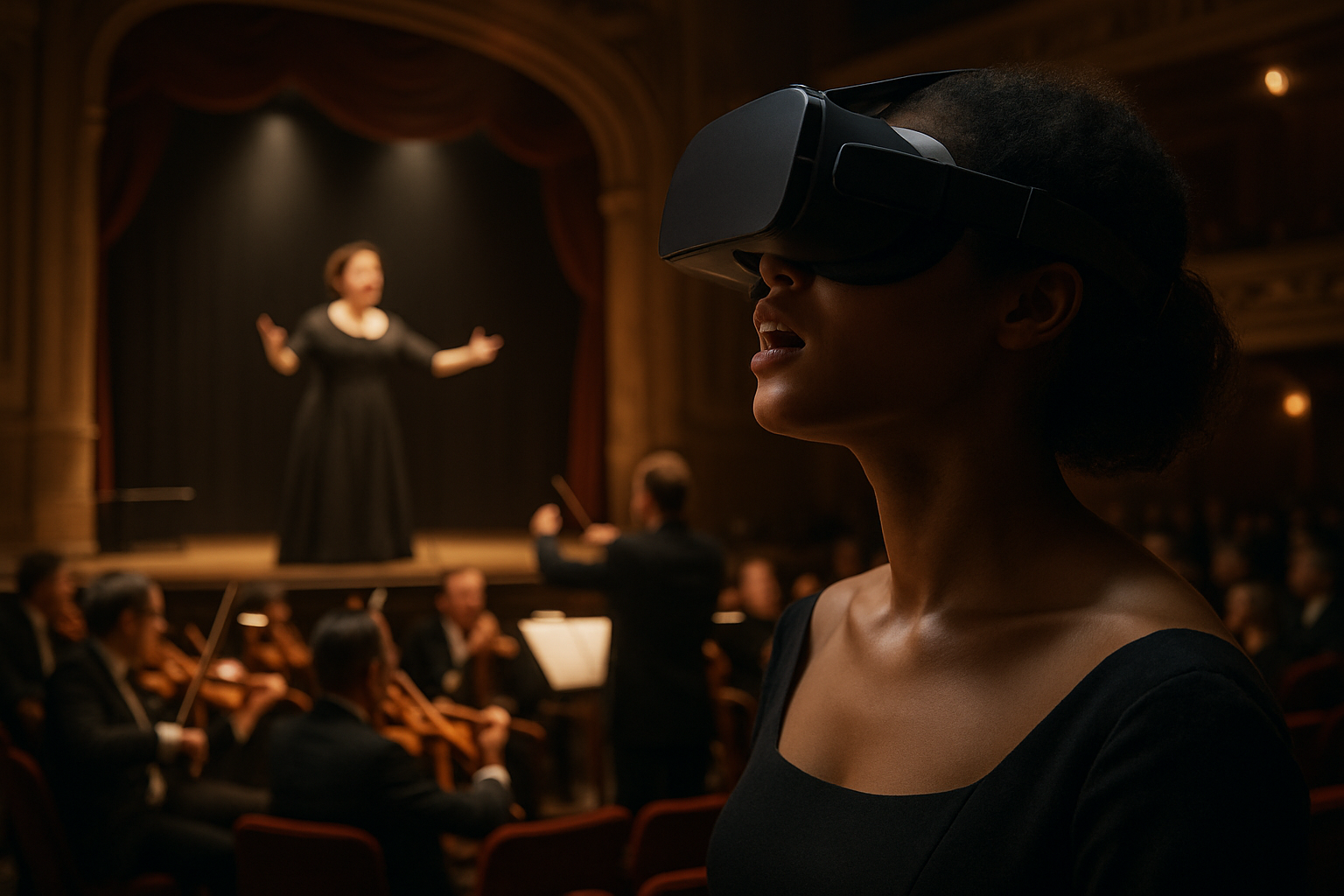Subversive Opera: Defying Conventions in Modern Performances
In the realm of classical arts, a daring revolution is quietly unfolding. Opera, long associated with grandiose productions and traditional narratives, is experiencing a transformative shift. Progressive directors and avant-garde companies are challenging the very foundations of this centuries-old art form, creating performances that defy expectations and push the boundaries of what opera can be. This movement, dubbed "subversive opera," is reshaping the landscape of musical theater and attracting a new generation of enthusiasts.

Breaking the Fourth Wall
One of the hallmarks of subversive opera is its willingness to shatter the invisible barrier between performers and audience. In traditional opera, the audience is a passive observer, separated from the action on stage. Subversive productions, however, often involve direct audience participation. For example, the experimental company The Industry staged LA VIREO, an opera that took place across Los Angeles, with audience members driving between locations to follow the story.
Technology and Opera: An Unlikely Duet
Subversive opera embraces cutting-edge technology to create immersive experiences. Holographic projections, virtual reality, and interactive smartphone apps are being incorporated into productions, blurring the lines between reality and performance. The Finnish National Opera’s production of Kaija Saariaho’s Only the Sound Remains utilized motion-capture technology to create ethereal digital spirits that interacted with live performers on stage.
Challenging Narrative Structures
Traditional operas often follow linear narratives with clear beginnings, middles, and ends. Subversive productions, however, are experimenting with fragmented storytelling, non-linear plots, and even audience-driven narratives. The Dutch National Opera’s Infinite Now, composed by Chaya Czernowin, eschewed a traditional libretto in favor of a collage of texts and sounds, creating a dreamlike atmosphere that defied conventional storytelling.
Redefining the Opera House
Subversive opera is not confined to traditional venues. Abandoned warehouses, public parks, and even virtual spaces are becoming stages for these boundary-pushing performances. The site-specific nature of many subversive operas adds layers of meaning to the productions, with the environment itself becoming an integral part of the narrative. The Berlin-based company Oper Dynamo West has staged operas in former power plants and factories, using the industrial settings to comment on themes of labor and progress.
Controversy and Criticism
Not everyone in the opera world embraces these radical departures from tradition. Critics argue that subversive productions often prioritize shock value over musical quality and that they alienate core opera audiences. There are concerns that by straying too far from convention, these productions risk losing the essence of what makes opera a unique art form.
The Future of Opera: Evolution or Revolution?
As subversive opera continues to gain traction, questions arise about its long-term impact on the art form. Will these experimental approaches become the new normal, or will they remain on the fringes of the opera world? Some argue that this movement is essential for opera’s survival, attracting younger audiences and keeping the art form relevant in the 21st century. Others fear that it may lead to a dilution of opera’s rich traditions and musical complexity.
Bridging the Gap
Despite the controversy, many opera companies are finding ways to balance innovation with tradition. By programming a mix of classic productions and more experimental works, they hope to satisfy longtime opera lovers while also attracting new audiences. This approach allows for gradual evolution within the art form, potentially creating a new golden age of opera that honors its past while embracing the future.
The Global Reach of Subversive Opera
Subversive opera is not limited to Western countries. Companies and directors around the world are reinterpreting both Western and non-Western operas through their own cultural lenses. In China, for example, directors are blending traditional Peking opera techniques with contemporary themes and staging. This global cross-pollination of ideas is creating a rich tapestry of operatic expression that transcends national and cultural boundaries.
Conclusion: A New Voice for an Ancient Art
As subversive opera continues to evolve, it challenges our perceptions of what opera can be and do. By pushing boundaries and embracing new technologies and storytelling techniques, these productions are breathing new life into an art form that has endured for centuries. Whether viewed as a necessary evolution or a controversial departure, subversive opera is undeniably shaping the future of musical theater. As audiences and creators alike grapple with these changes, one thing is certain: the world of opera will never be the same.





